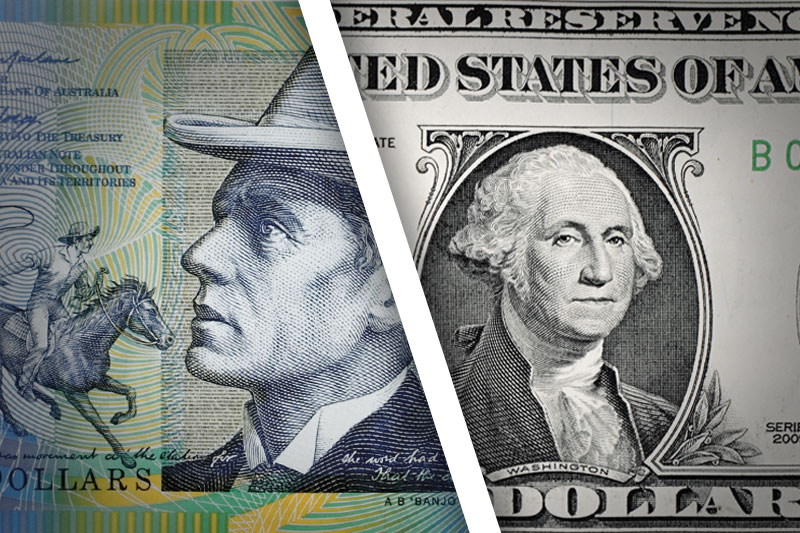Investing.com - The Australian dollar traded lower against its U.S. counterpart during Thursday’s Asian session as traders eschewed riskier currencies a day after U.S. equities and commodities plunged.
In Asian trading Thursday, AUD/USD fell 0.15% to 1.0264. The pair was likely to find support at 1.0328, Tuesday’s low and resistance at 1.0384, Tuesday’s high.
The Aussie was in focus on Wednesday after data revealed that China’s manufacturing purchasing managers' index ticked down to 50.6 in April from 50.9 in March. Analysts expected a reading of 50.7.
Then the greenback came under pressure after the ADP private sector payroll survey showed that job growth slowed to just 119,000 private sector jobs in April. ADP also slashed the March reading to 131,000 from 158,000. Economists expect the April jobs report, due out Friday, to show the addition of 148,000 jobs.
The Institute for Supply Management’s manufacturing index fell to 50.7% from 51.3% in March. Economists expected an April reading of 50.8%. The April reading was the lowest since December. Readings above 50 signal expansion.
Those data points prompted a sell-off in U.S. stocks and other riskier assets such as gold and oil. Diminished risk appetite is seen as weighing on the Aussie Thursday, though the currency’s losses against its major rivals are not too alarming.
On Wednesday, Australian Treasurer Wayne Swan said in an interview that it would be dangerous for his country to intervene to stem the Aussie’s strength. Swan added the Aussie’s strength is reflective of the country’s strong local economy.
Elsewhere, AUD/NZD inched lower by 0.04% to 1.2087 while EUR/AUD gained 0.10% to 1.2839. AUD/JPY fell 0.12% to 99.97.
In Asian trading Thursday, AUD/USD fell 0.15% to 1.0264. The pair was likely to find support at 1.0328, Tuesday’s low and resistance at 1.0384, Tuesday’s high.
The Aussie was in focus on Wednesday after data revealed that China’s manufacturing purchasing managers' index ticked down to 50.6 in April from 50.9 in March. Analysts expected a reading of 50.7.
Then the greenback came under pressure after the ADP private sector payroll survey showed that job growth slowed to just 119,000 private sector jobs in April. ADP also slashed the March reading to 131,000 from 158,000. Economists expect the April jobs report, due out Friday, to show the addition of 148,000 jobs.
The Institute for Supply Management’s manufacturing index fell to 50.7% from 51.3% in March. Economists expected an April reading of 50.8%. The April reading was the lowest since December. Readings above 50 signal expansion.
Those data points prompted a sell-off in U.S. stocks and other riskier assets such as gold and oil. Diminished risk appetite is seen as weighing on the Aussie Thursday, though the currency’s losses against its major rivals are not too alarming.
On Wednesday, Australian Treasurer Wayne Swan said in an interview that it would be dangerous for his country to intervene to stem the Aussie’s strength. Swan added the Aussie’s strength is reflective of the country’s strong local economy.
Elsewhere, AUD/NZD inched lower by 0.04% to 1.2087 while EUR/AUD gained 0.10% to 1.2839. AUD/JPY fell 0.12% to 99.97.
